Where Are the Best Areas for Tiny Homes?
Thinking about downsizing? A tiny home creates a cozy space at a lower operating cost. See which areas are best for them.

If you're looking to downsize your living space and expenses, a tiny home might be a great fit for you. Many of them come with energy-efficient features, beautiful, modern designs and are in areas you want to be.
However, there's another side to that coin: They're much smaller. So even if you plan to downsize, it's important you have enough space devoted to the things you need like storage.
How big is a tiny house?
While there isn’t a standard size, tiny houses are usually between 100 and 400 square feet and rarely exceed 500 square feet. By comparison, the median size of a new, single-family home was 2,480 square feet, according to Bankrate.
From just $107.88 $24.99 for Kiplinger Personal Finance
Be a smarter, better informed investor.

Sign up for Kiplinger’s Free Newsletters
Profit and prosper with the best of expert advice on investing, taxes, retirement, personal finance and more - straight to your e-mail.
Profit and prosper with the best of expert advice - straight to your e-mail.
How much do tiny houses cost?
The average price of a tiny home is about $30,000 to $60,000 versus the average price of a normal-sized house, which is $419,200. However, location, size, customization, furnishings, zoning laws and home insurance costs are all factors that can drive the overall price of a tiny house higher. Whether you buy a pre-existing tiny house or build one from scratch plays a role in the pricing too.
Why live in a tiny house?
Tiny houses are cozy, energy-efficient, vertically and horizontally-challenged and wildly popular — and the interest in them is only gaining momentum. Still, the price and the experience of living in one can vary widely depending on many factors, including location.
So which states are the best for tiny house living? Here are the ten best (and ten worst) based on the LawnStarter survey.
10 best places for tiny house living
| Rank | State | Overall Score | Legality Rank | Urban LIfestyle Rank | Remote Lifestyle Rank |
| 1 | Vermont | 89.07 | 1 | 2 | 15 |
| 2 | Kentucky | 85.34 | 1 | 14 | 3 |
| 3 | Arkansas | 84.60 | 1 | 5 | 16 |
| 4 | Maine | 83.80 | 1 | 4 | 20 |
| 5 | Minnesota | 78.32 | 1 | 21 | 4 |
| 6 | Montana | 76.39 | 1 | 18 | 10 |
| 7 | Alabama | 74.45 | 1 | 6 | 28 |
| 8 | Georgia | 73.40 | 1 | 12 | 23 |
| 9 | Texas | 72.91 | 1 | 39 | 2 |
| 10 | Kansas | 70.35 | 1 | 37 | 7 |
10 worst places for tiny house living
| Rank | State | Overall Score | Legality Rank | Urban Lifestyle Rank | Remote Lifestyle Rank |
| 41 | Maryland | 42.94 | 1 | 38 | 47 |
| 42 | Nevada | 36.74 | 1 | 50 | 45 |
| 43 | West Virginia | 43.31 | 4 | 9 | 21 |
| 44 | Iowa | 43.16 | 4 | 28 | 1 |
| 45 | Wisconsin | 40.60 | 4 | 17 | 14 |
| 46 | North Dakota | 37.16 | 4 | 32 | 8 |
| 47 | Louisiana | 35.49 | 4 | 15 | 25 |
| 48 | Alaska | 29.31 | 4 | 7 | 43 |
| 49 | New York | 14.31 | 4 | 35 | 41 |
| 50 | New Jersey | 5.27 | 4 | 43 | 50 |
Key Findings
- Vermont (No. 1), Arkansas (No. 3), and Minnesota (No. 5) offer the most ideal conditions for compact dwellings.
- Eight states ban tiny homes or at least require very strict guidelines. They are Alaska, Iowa, Louisiana, North Dakota, New Jersey, New York, Wisconsin and West Virginia.
- Iowa (No. 44) leads all 50 states in off-grid lifestyle-friendliness.
- Tiny homes can cost as little as $15,000, according to Realtor.com
Thinking about downsizing?
If you think tiny house living is the right lifestyle for you, there are several questions to ask yourself.
- Are tiny houses illegal in my state?
- In your state, is there a minimum or maximum size for a tiny house?
- How much does the average tiny house cost?
- How do you finance a tiny house?
- Can you insure a tiny house?
- Can you buy a tiny house or do you have to build a tiny house yourself?
- Can you truly live off-grid in your tiny home?
- Where can you store all your stuff?
- Are tiny houses a pathway to financial independence/early retirement?
Reducing your carbon footprint
Tiny homes won't take as much energy to heat and cool because of their size. On average, a tiny home consumes 3-4kW of power daily, whereas the average home can consume between 26-33 kW, according to Ecobee.
Size alone isn't the only benefit you'll receive with tiny homes. They feature smaller appliances, placing less stress on the overall energy infrastructure. And many come with smart home features, like smart thermostats to make it easier to manage energy usage.
The bottom line
Tiny homes offer an affordable and cozy alternative to traditional homes. Before considering one, make sure you live in a state that allows them. Also, it's ideal to factor in any challenges that might arise from less space, such as fewer storage options and not as much private space. Overall, tiny homes offer a ton of advantages for homeowners looking to downsize and save on home and energy expenses.
Related Content
Profit and prosper with the best of Kiplinger's advice on investing, taxes, retirement, personal finance and much more. Delivered daily. Enter your email in the box and click Sign Me Up.

For the past 18+ years, Kathryn has highlighted the humanity in personal finance by shaping stories that identify the opportunities and obstacles in managing a person's finances. All the same, she’ll jump on other equally important topics if needed. Kathryn graduated with a degree in Journalism and lives in Duluth, Minnesota. She joined Kiplinger in 2023 as a contributor.
-
 Dow Dives 797 Points as Government Opens: Stock Market Today
Dow Dives 797 Points as Government Opens: Stock Market TodayThe process of pricing and re-pricing realities old and new never stops, and next week promises to be at least as exciting as this week.
-
 3 Ways High-Income Earners Can Maximize Their Charitable Donations in 2025
3 Ways High-Income Earners Can Maximize Their Charitable Donations in 2025Tax Deductions New charitable giving tax rules will soon lower your deduction for donations to charity — here’s what you should do now.
-
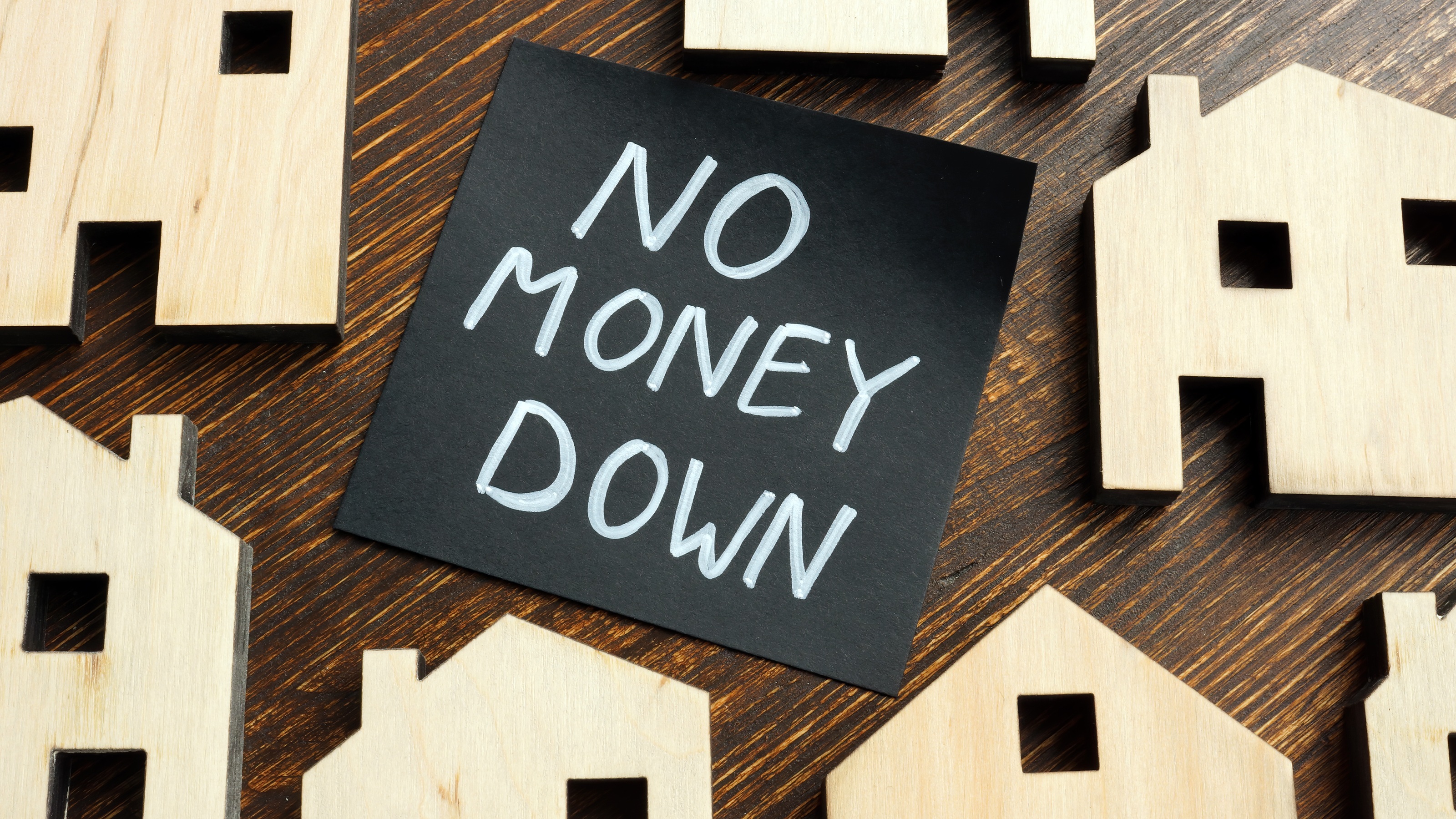 I'm an Investment Adviser: Here's Why You Should Resist a Zero-Down Mortgage
I'm an Investment Adviser: Here's Why You Should Resist a Zero-Down MortgageWhile it's certainly enticing, a zero-down mortgage comes with significant risks, especially if home values decline or you want to refinance.
-
 Credit Score News Could Help First-Time Homebuyers
Credit Score News Could Help First-Time HomebuyersLenders who sell mortgages to Fannie Mae and Freddie Mac used to only be able to use FICO for loan qualification. Now there's VantageScore, owned by the three major credit bureaus.
-
 Four Military Benefits That Have Helped My Family
Four Military Benefits That Have Helped My FamilyMilitary life can be challenging for servicemembers and their families, but they're offered some significant financial benefits to help cushion the blow.
-
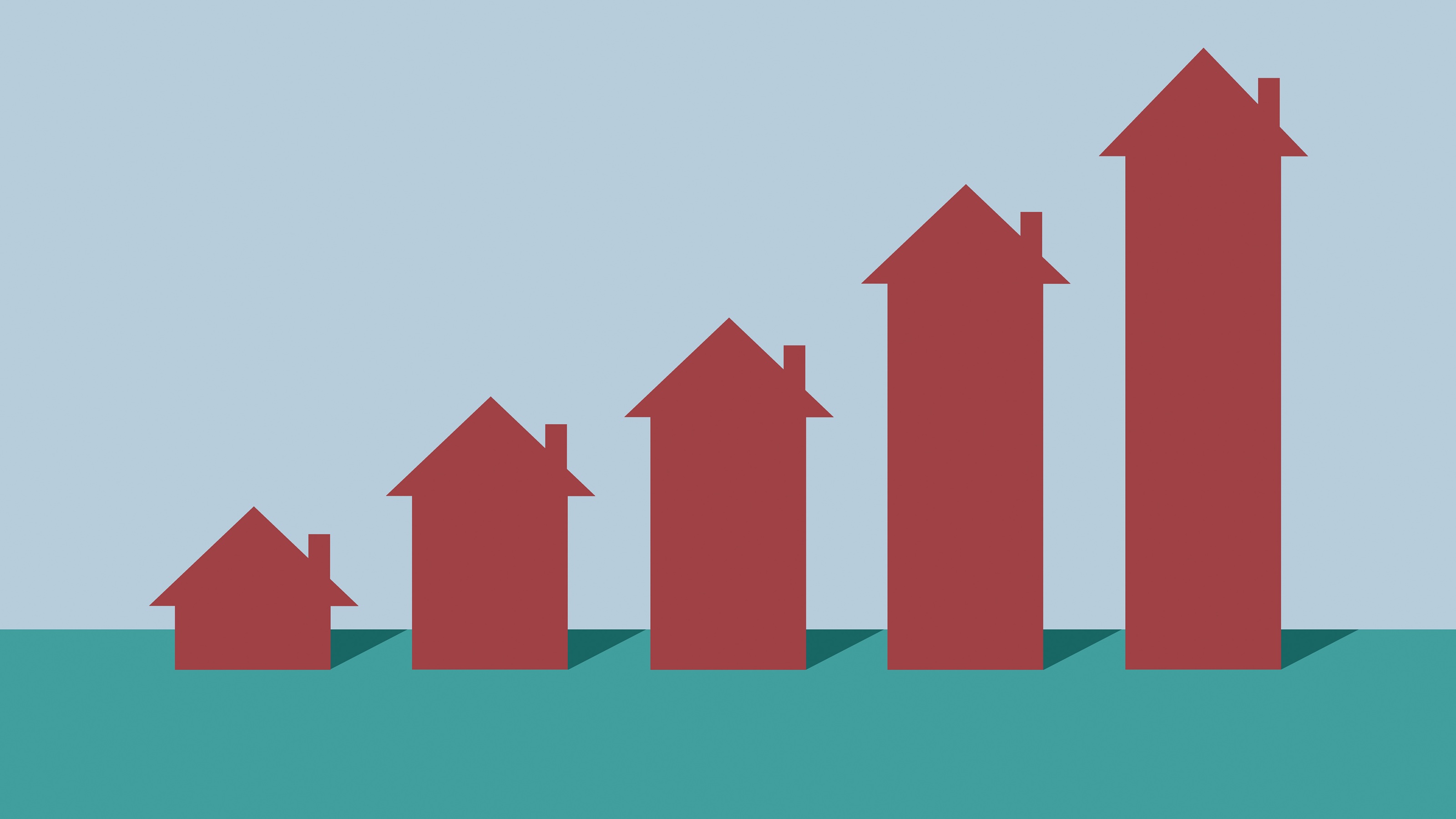 A Compelling Case for Why Property Investing Reigns Supreme, From a Real Estate Investing Pro
A Compelling Case for Why Property Investing Reigns Supreme, From a Real Estate Investing ProInvestment data show real estate's superior risk-adjusted returns and unprecedented tax advantages through strategies like 1031 exchanges and opportunity zones.
-
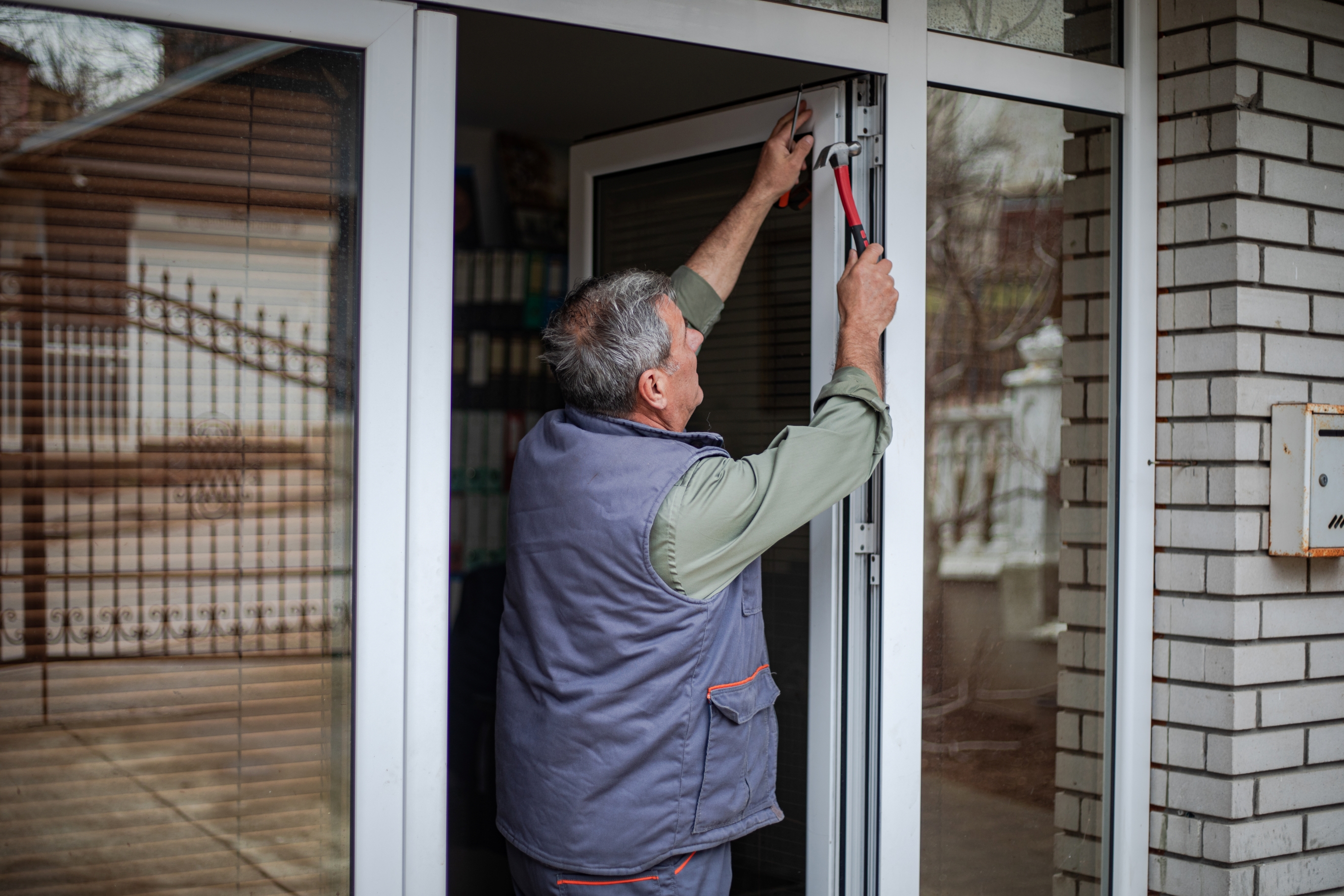 Why Now is the 'Just Right' Time to Do Those Home Upgrades
Why Now is the 'Just Right' Time to Do Those Home UpgradesInterest rates are dropping and tax credits are expiring, creating a short opportunity to save on home upgrades.
-
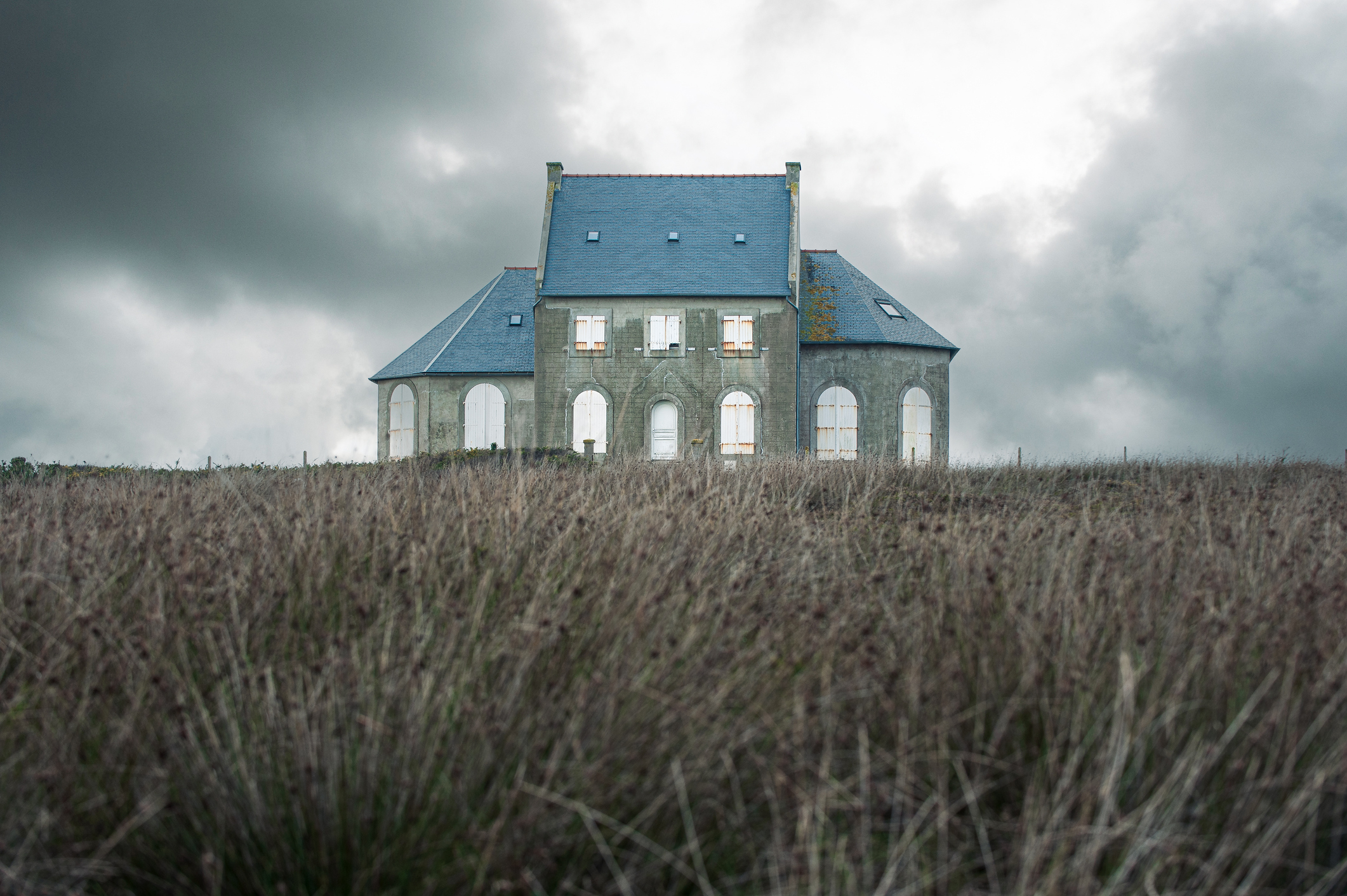 Selling a Haunted House? What You Have to Tell Buyers (and What You Don’t)
Selling a Haunted House? What You Have to Tell Buyers (and What You Don’t)You don’t need ghosts to spook buyers, sometimes a home’s past is enough. Here’s what sellers should know about disclosure laws, pricing and perception when a property has a haunted history.
-
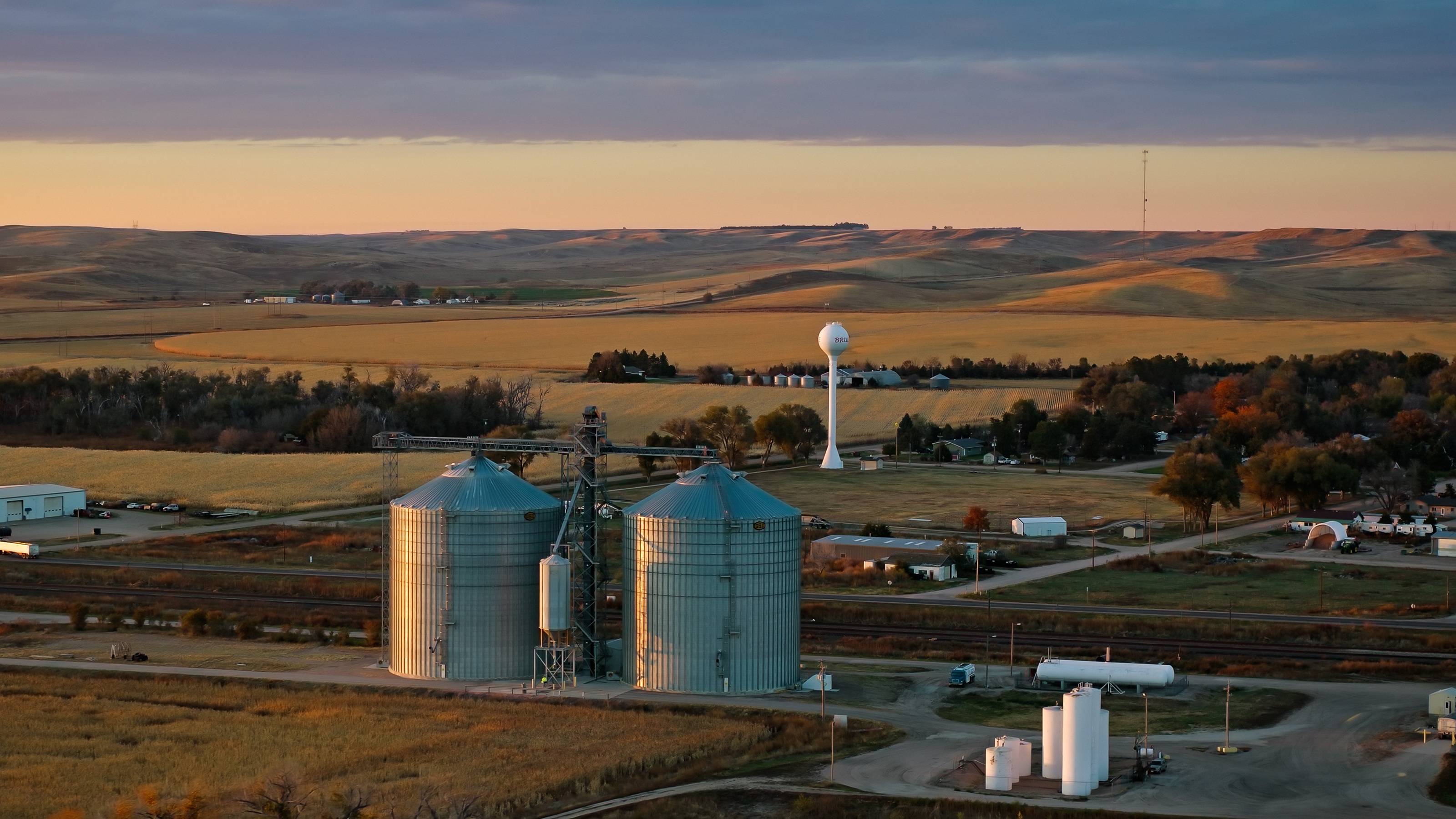 New Opportunity Zone Rules Triple Tax Benefits for Rural Investments: Here's Your 2027 Strategy
New Opportunity Zone Rules Triple Tax Benefits for Rural Investments: Here's Your 2027 StrategyNew IRS guidance just reshaped the opportunity zone landscape for 2027. Here's what high-net-worth investors need to know about the enhanced rural benefits.
-
 A Vacation Home Sounds Dreamy, But Is It the Right Move for You?
A Vacation Home Sounds Dreamy, But Is It the Right Move for You?A vacation home can be a relaxing getaway or a financial burden. Learn the pros and cons of owning a second home and how to decide if it fits your goals.